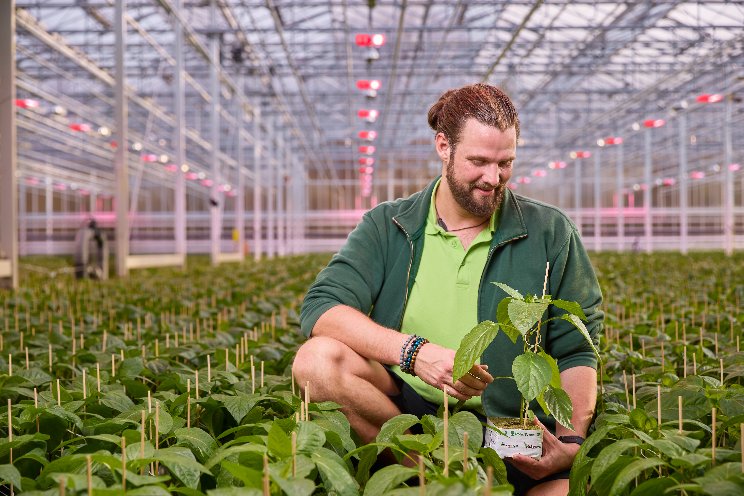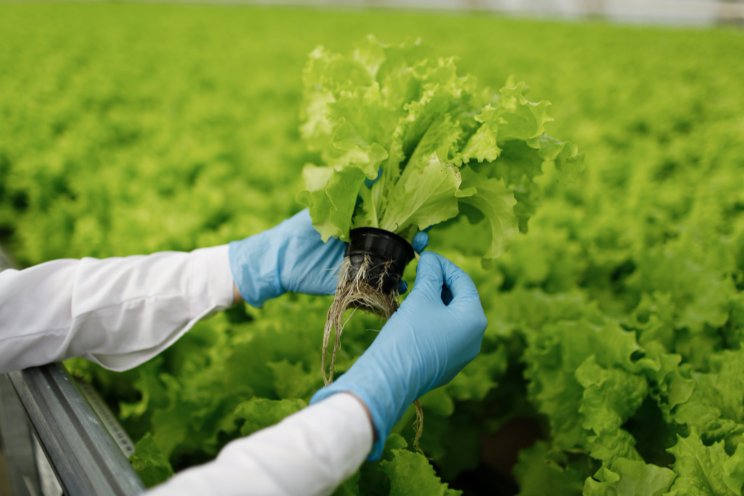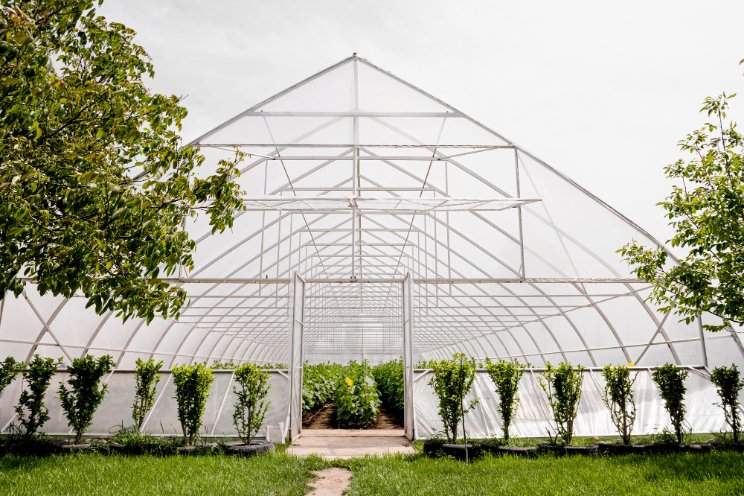Hybrid farms are bridging agriculture systems
Added on 18 July 2023

“Figuring out the balance of context and timing for agri-food solutions is what we at Agritecture call the Hybridization of Agriculture. The term is meant to capture the nuance between different agricultural methods that are often promoted as competing against each other, [such as vertical farms and greenhouses,] when in fact, they overlap, and various combinations of them can reap greater environmental, economic, and social benefits than any one solution alone. The Hybridization of Agriculture illustrates the notion that there is greater potential output when we consider all the possible methods of agriculture and match them to find synergies. However, finding this balance requires thought and time,” says Agritecture’s Sustainability Analyst, Brakely Bryant.
One example of such hybridization is Sky Greens Farm, located in Singapore, the world’s first low carbon hydraulic commercial farming system.
In 2009, Jack Ng, founder of Sky Greens began to experiment with prototypes in the backyard of his aluminum factory, formally launching Sky Greens’ commercial operation in 2012 with the aim to provide food supply resilience in Singapore and other land scarce areas. “I am an engineer by training, but also very interested in the problem of food security,” says Ng. Over the last decade, his invention has transformed from a simple vertical farm system into a micro-farm franchise, supplying their produce to local groceries and expanding their systems to other countries around the world such as Vietnam, China, and Canada. Their integrated circular systems approach agriculture through a technological lens, consistently improving on their ability to optimize growing methods. Their most recent venture into hybridized farming was in 2021 with the launch of the new micro-farming system that combines aquaculture with vertical farming.
Photo Credit: Sky Greens Farm.
More news















